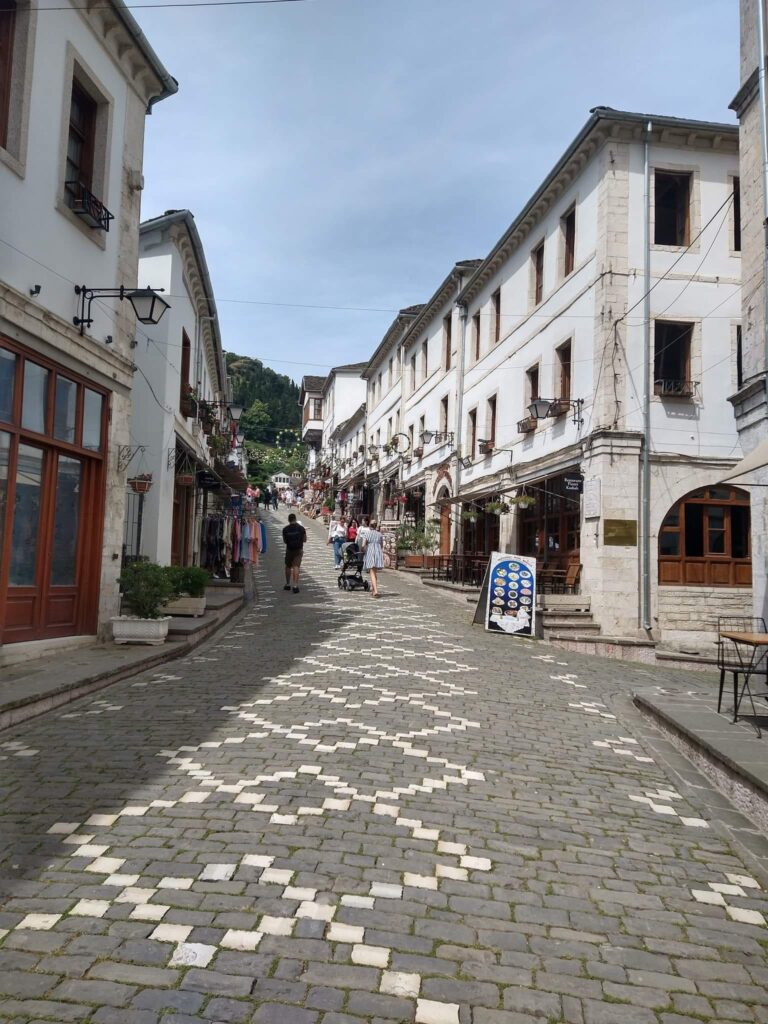Gjirokastra is a historic city located in southern Albania, known for its well-preserved Ottoman architecture and rich cultural heritage. Often referred to as the “City of Stone,” Gjirokastra is characterized by its unique stone houses with distinctive roofs, cobblestone streets, and a stunning hilltop castle that dominates the skyline.

The city’s old town, a UNESCO World Heritage Site, is a labyrinth of narrow streets that wind their way up the steep hillside. Many of the houses in Gjirokastra date back to the 17th and 18th centuries and are fine examples of Ottoman-era architecture. These houses, known as “kulla,” typically feature tall, stone walls, wooden balconies, and large windows offering breathtaking views of the surrounding landscape.

Gjirokastra is also home to several important cultural and historical landmarks. The Gjirokastra Castle, one of the largest in the Balkans, offers a glimpse into the city’s past with its military museum and ancient structures. The castle also hosts the National Folklore Festival, a celebration of Albanian traditional music and dance, held every five years.

The city’s rich history is further reflected in its numerous museums, including the Ethnographic Museum, which is housed in the former home of Albania’s former dictator, Enver Hoxha. The museum provides insight into the traditional way of life in the region, showcasing a range of artifacts and historical exhibits.



